Foreign Policy and the Nuclear Program
⮚ The fourth round of talks between Iran and the United States took place in Oman after a delay. Both sides expressed optimism but remained steadfast in their positions.
The fourth round of talks took place on May 11 in Muscat, the capital of Oman, after a delay of about a week. Iranian Foreign Minister Abbas Araghchi stated that this round was “more serious and more concrete than the previous three rounds”[1] and reiterated Iran’s well-known position that there is no room for compromise on uranium enrichment. Araghchi emphasized this stance even before the talks began, declaring, “Uranium enrichment must continue; the blood of scientists has been shed for it.”[2] Iranian President Masoud Pezeshkian also addressed the issue, underscoring Iran’s firm position on enrichment.[3]
The fourth round was officially postponed for technical reasons. However, the rhetoric from both sides escalated between the two rounds. On the American side, a notable statement came from the U.S. Secretary of Defense on May 1, highlighting Iranian support for the Houthis and warning of the consequences of this support.[4] In response, beyond the usual defiant reactions from the Iranian establishment to American threats, an Iranian government spokesperson stressed that the negotiations were strictly limited to the nuclear issue, with no other points of contention between Iran and the United States on the table.[5]
Several other significant voices also articulated Iran’s position in the context of the negotiations. Iranian Foreign Minister Abbas Araghchi reiterated that Iran has the right to independently enrich uranium for peaceful purposes.[6] Similarly, the Deputy Head of the Iranian Atomic Energy Organization emphasized Iran’s right to nuclear energy for peaceful use.[7]
** On April 26, 2025, a powerful explosion occurred at the Shahid Rajaee Port in the Persian Gulf. “Deadly Explosion in Iran Simultaneously with Nuclear Talks — Scope, Circumstances, and Significance”
⮚ On the sidelines of the negotiations: rising tensions with the U.S. and messages to Europe
Tensions escalated further with a statement from Iran’s Supreme Leader Ali Khamenei, who accused the United States and the United Kingdom of involvement in the Swords of Iron war on Israel’s behalf. He called for a global stand against Israel and its supporters to protect the Palestinian cause.[8] This statement is particularly significant in the context of the ongoing talks between Iran and the United States, as it positions Iran as skeptical in regard to the prospects of the negotiations and Washington’s willingness to make concessions.
In addition, the announcement of President Trump’s intention to rename the Persian Gulf as the “Arabian Gulf”[9] added another layer of tension between the two sides. Beyond the official condemnations from senior Iranian officials, there were also (allegedly) unofficial voices calling for a suspension of the negotiations until President Trump issued an apology. The conservative newspaper Kayhan, for instance, ran a front-page headline on May 9 reading, “The Persian Gulf is a red line; negotiations must stop until Trump apologizes.”[10] Notably, Kayhan serves as a bellwether for the conservative camp in Iran, consistently advocating a hardline stance toward negotiations with the United States.
Against the backdrop of talks with the U.S., tensions have also flared between Iran and European countries, particularly France, Germany, and the United Kingdom. These nations are considering reimposing sanctions on Iran in the coming months (based on the option to snapback sanctions by October 2025 in the 2015 nuclear agreement) and were expected to hold direct talks with Iran around the time of the fourth round. In an interview with the French magazine Le Point, Iranian Foreign Minister Abbas Araghchi stated that “Iran is ready to enter a new chapter in its relations with Europe,” despite his criticism of current European policies.[11]
Military and Security
⮚ Maintaining high readiness in naval and air forces, Iranian chief of staff visits the Persian Gulf
The Chief of the Joint Staff of Iran’s armed forces, Mohammad Bagheri, visited the naval base in Bandar Abbas on the shores of the Persian Gulf, accompanied by Abdolrahim Mousavi, Commander of the Iranian Army. During the visit, Bagheri stated that “the visit to the Persian Gulf, the Strait of Hormuz, and the Sea of Oman is intended to assess the region’s operational situation and to evaluate the readiness of the armed forces to defend territorial waters, international waters, and national resources.”[12]
Iran’s heightened state of readiness is not limited to the naval arena but also extends to the aerial domain. The head of the Air Defense Command within the General Staff of the Armed Forces visited the southwestern zone to assess the area’s operational readiness. During his visit, he emphasized the region’s sensitivity and praised the performance of the units stationed there.[13] Additionally, Mousavi visited the Vahdati Air Base in southwestern Iran to evaluate the combat readiness of the units stationed there.[14] Mousavi also visited Abadan (southwestern Iran, near the Iraqi border on the Persian Gulf) to review the region’s air defenses.[15]
Iranian security officials also responded to threats voiced by the U.S. Secretary of Defense. Iranian Defense Minister Aziz Nasirzadeh stated that his country possesses a large number of missiles that it is able to launch at “any target, anywhere.” In addition, Commander of the Islamic Revolutionary Guard Corps (IRGC) Hossein Salami warned, “If the enemy makes a mistake, we will open the gates of hell upon them.”[16]
⮚ Unveiling of a new ballistic missile and an underground UAV base
Iran has unveiled a new domestically produced missile named “Qassem Basir,” which is powered by solid fuel and has a range of 1,200 kilometers. It is reportedly equipped with a thermal imaging-based navigation system designed to enhance accuracy and counter electronic warfare.[17] Another potential reveal occurred during a visit by Salami to an underground facility for operating unmanned aerial vehicles (UAVs). It remains unclear whether this facility had been publicly disclosed prior to the visit.[18]
The Socio-Economic Arena
⮚ The economic crisis and workers’ rights
Iran’s economic crisis and its accompanying hardships persist. Prices of essential goods, including medicine,[19] bread, and chicken,[20] have risen, while criticism has been voiced in the Majlis over the conduct of the country’s banks, particularly their failure to provide sustainable loans, despite legislation to that purpose.[21] Regarding labor conditions in Iran, according to media reports on April 30, 2025, the Speaker of the Majlis ordered[22] the establishment of a special committee to address workers’ demands. This followed the deaths of seven miners in April 2025 and was further fueled by a report from a social activist indicating that nearly half a million workers in Iran lack basic insurance coverage.[23]
⮚ Severe water and electricity shortages persist
Iran’s resource crisis shows no sign of resolution, with severe water shortages caused by severe drought[24] and mismanagement of the national water supply. This has led to widespread price increases and penalties for heavy consumers.[25] The Iranian government’s response has focused on public awareness campaigns and punitive measures, but these efforts appear insufficient for now. Meanwhile, the electricity grid is struggling to meet rising demand as summer approaches,[26] resulting in planned blackouts across the country. There are also allegations of discrimination, with wealthier areas reportedly receiving preferential treatment over poorer regions.[27]
⮚ Human rights and repression
Executions and prisoner punishments
Reports claim that six individuals, including one woman (most of them from ethnic minorities), were executed on April 28 in Isfahan for drug offenses.[28] On April 30, political prisoner Mohsen Langarneshin was executed on charges of “intelligence cooperation and espionage” for Israel.[29] Additionally, ten other prisoners were punished for protesting against executions.[30]
IRGC operations in Sistan and Baluchestan
For the past six months, the IRGC has been conducting an ongoing crackdown against local groups in the Sistan and Baluchestan province hostile to the regime. In a speech on the matter, the IRGC’s Ground Forces Commander announced that 150 “terrorists” had been arrested and 100 killed since the Persian month of Aban (October–November 2024) as part of the operations in the province. He further stated that the IRGC had recruited 11,000 locals to “ensure peace” in Sistan and Baluchestan, organizing them into combat units.
Politics
⮚ Political uproar over anonymous text messages enforcing hijab laws
In early May, women in several regions of Iran received anonymous text messages warning them about failing to comply with hijab laws. Initially, these messages were reported to have been sent by the morality police, but government officials denied this, claiming they had no knowledge of who sent the messages.[31]
The incident reignited the ongoing debate between reformists and conservatives over the hijab issue. The Asriran news website criticized the government’s response to the text messages, accusing it of avoiding a decisive resolution on the hijab law.[32] Prominent reformist activist Ahmad Zaid-Abadi compared Hamid Rasaee, a member of the Majlis, who supported sending the messages, to the Taliban and ISIS, which subject women to harsh and brutal treatment.[33]
Meanwhile, the head of the Majlis Cultural Committee set a deadline for President Pezeshkian to begin implementing the hijab law by handing the issue of enforcement over to the security apparatus. He warned that if Pezeshkian failed to act, the Speaker of the Majlis, Mohammed Bagher Ghalibaf, would take on the task in his place.[34]
⮚ Criticism of state management
Asriran published an opinion piece criticizing President Pezeshkian and Majlis Speaker Ghalibaf, who belong to rival political camps (the president is aligned with the reformist camp, while the speaker is part of the conservative camp). The article accused both leaders of failing to take meaningful action to improve Iran’s struggling education system, despite their frequent statements on the issue. On that point, it is notable that Teacher’s Day was observed in Iran on May 2, sparking widespread media discussion about the state of the education system and the poor working conditions of the country’s teachers.[35]
[1] https://farsnews.ir/akramsharifi/1746975674754027413
[2] https://kayhan.ir/fa/news/310614
[3] https://www.tasnimnews.com/fa/news/1404/02/21/3310845
[4] https://x.com/SecDef/status/1917741093392707886
[5] https://www.tasnimnews.com/fa/news/1404/02/16/3306615
[6] https://www.tasnimnews.com/fa/news/1404/02/16/3306615
[7] https://www.tasnimnews.com/fa/news/1404/02/16/3307134
[8] https://t.me/Tasnimnews/347447
[9] https://apnews.com/article/trump-persian-gulf-saudi-arabia-ce30874c27bc01426d93ad3c65a18844
[10] https://kayhan.ir/fa/news/310420
[11] https://www.isna.ir/news/1404022115257
[12] https://www.tasnimnews.com/fa/news/1404/02/21/3310641
[13] https://www.irna.ir/news/85820078
[14] https://www.irna.ir/news/85820082
[15] https://www.tasnimnews.com/fa/news/1404/02/19/3308847
[16] https://farsnews.ir/maryam_adabi/1746711676769956347
[17] https://www.isna.ir/news/1404021410149
[18] https://www.isna.ir/news/1404021813277
[19] https://www.mehrnews.com/news/6461083
[20] https://www.iranintl.com/202505085189
[21] https://www.mehrnews.com/news/6454634
[22] https://www.tasnimnews.com/fa/news/1404/02/10/3302273
[23]https://www.iranintl.com/202505091828
[24] https://www.iranintl.com/202505049121
[25] https://www.isna.ir/news/1404021409414
[26] https://www.tasnimnews.com/fa/news/1404/02/09/3301427
[27] https://www.iranintl.com/202505085250
[28] https://www.iranintl.com/202504283954
[29] https://www.iranintl.com/202504284416
[30]https://www.iranintl.com/202505103020
[31] https://www.radiofarda.com/a/report-iran-using-video-surveillance-to-monitor-headscarf-compliance/33406467.html
[32] https://www.asriran.com/fa/news/1058384
[33] https://www.asriran.com/fa/news/1058421
[34] https://fararu.com/fa/news/863614
[35] https://www.asriran.com/fa/news/1058579
JISS Policy Papers are published through the generosity of the Greg Rosshandler Family.
Photo: IMAGO / ZUMA Press Wire
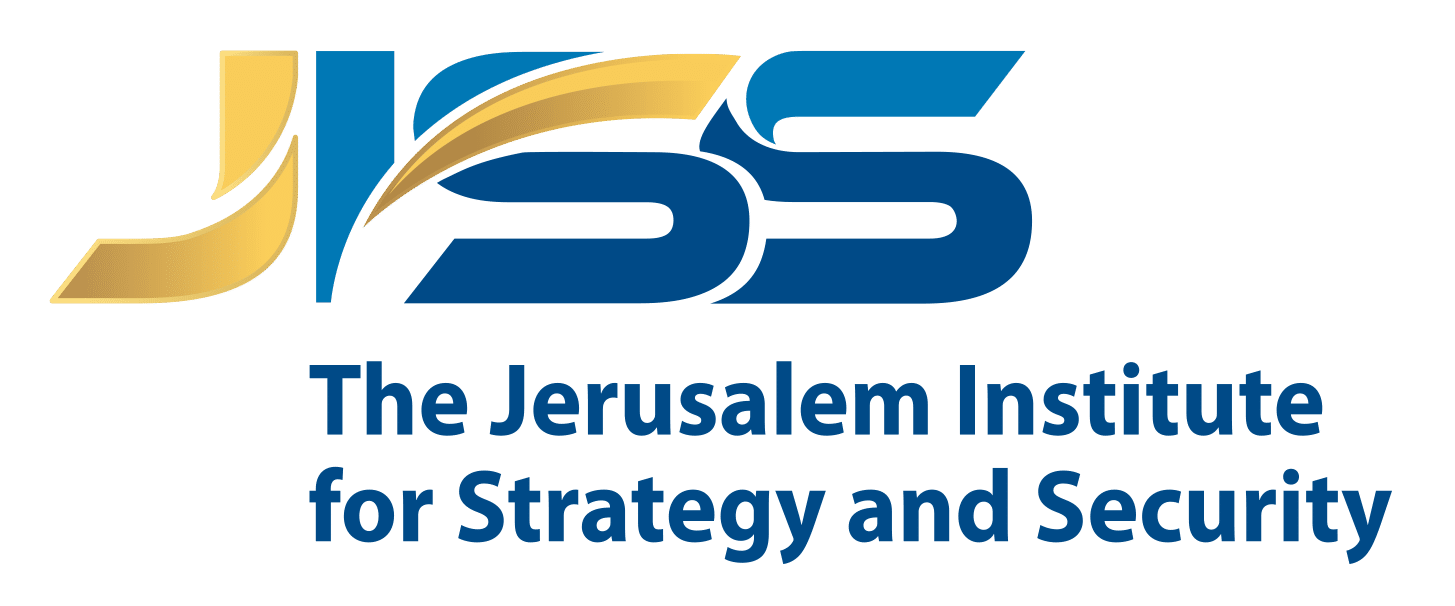
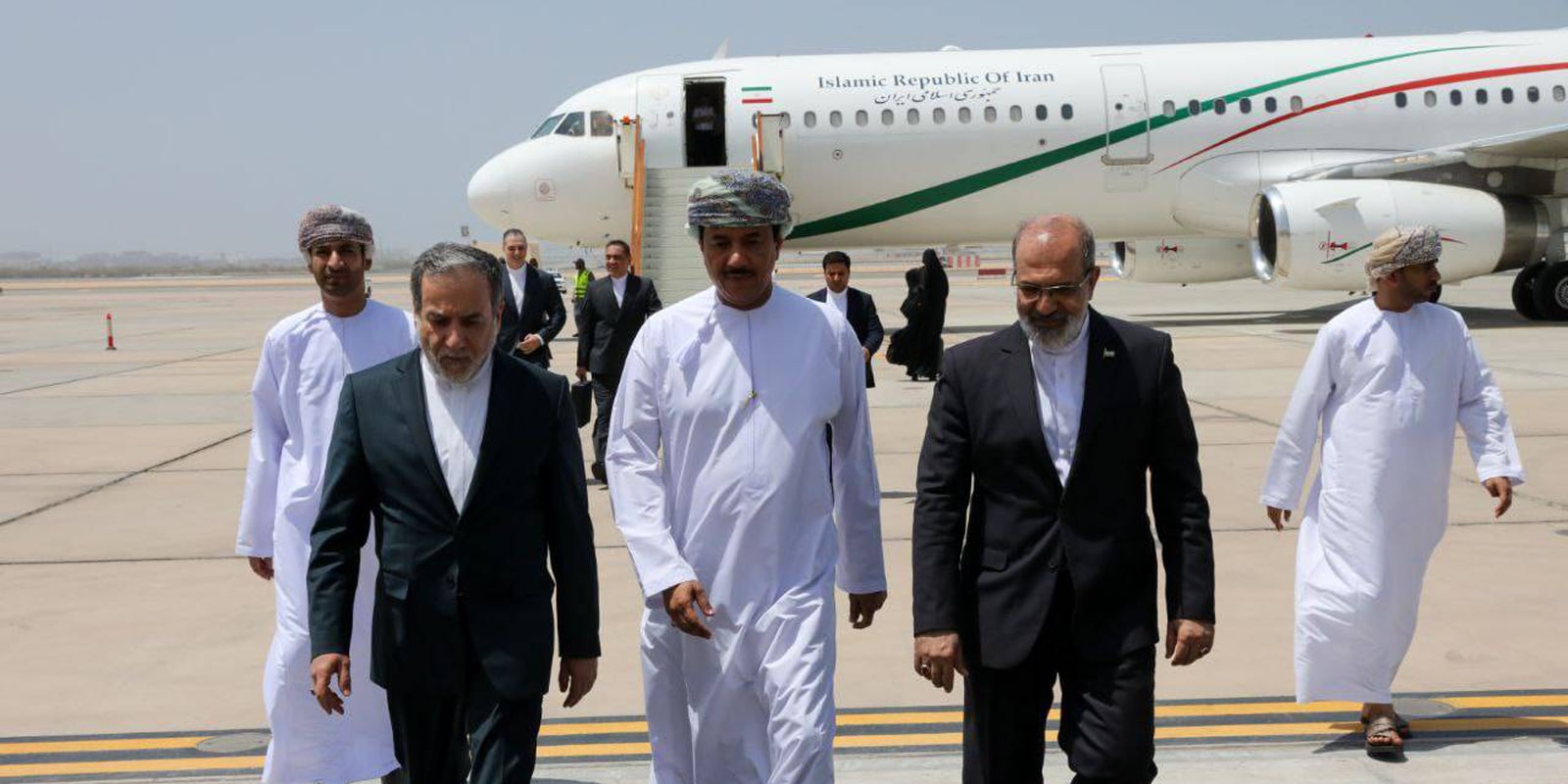





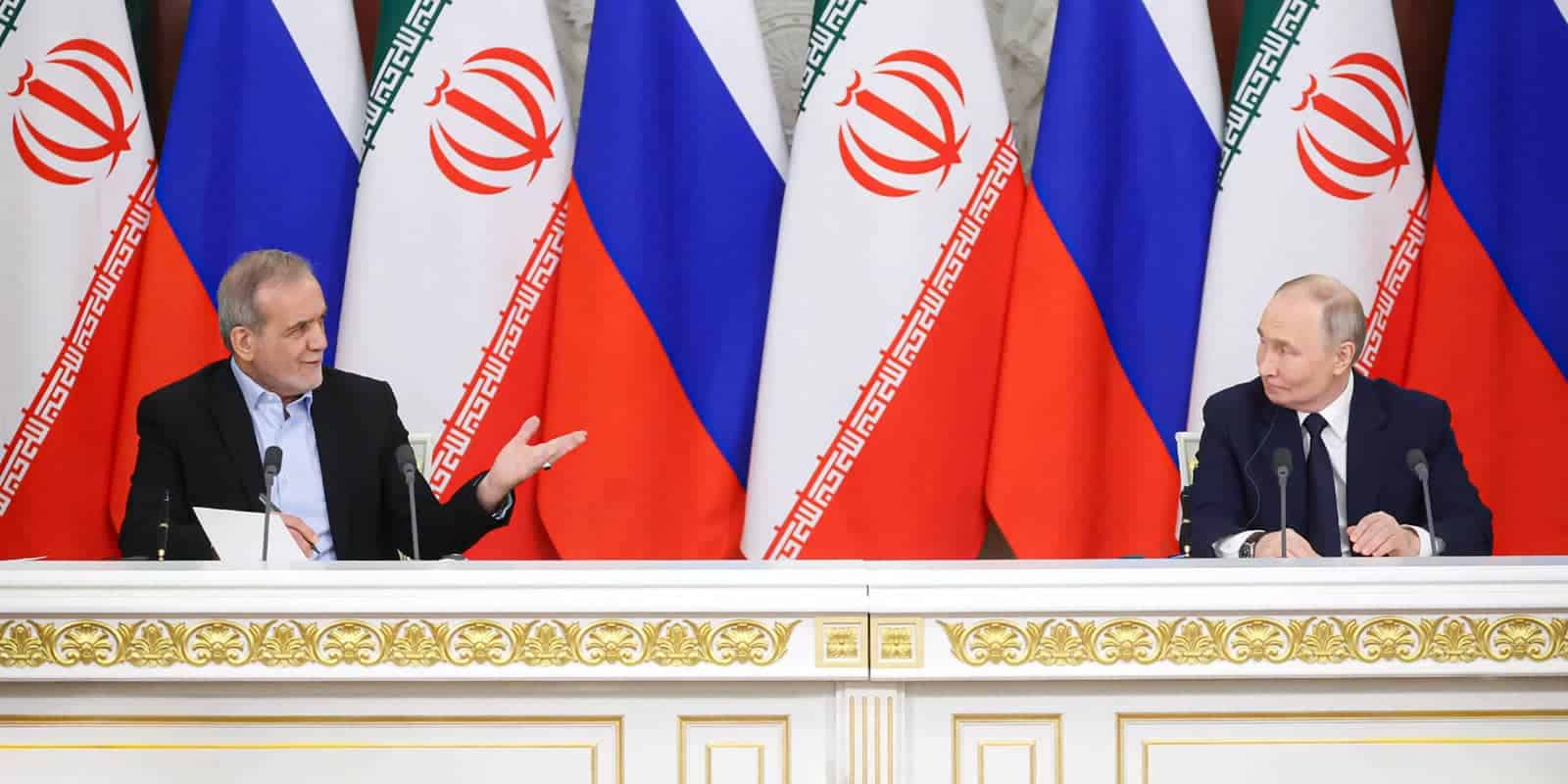
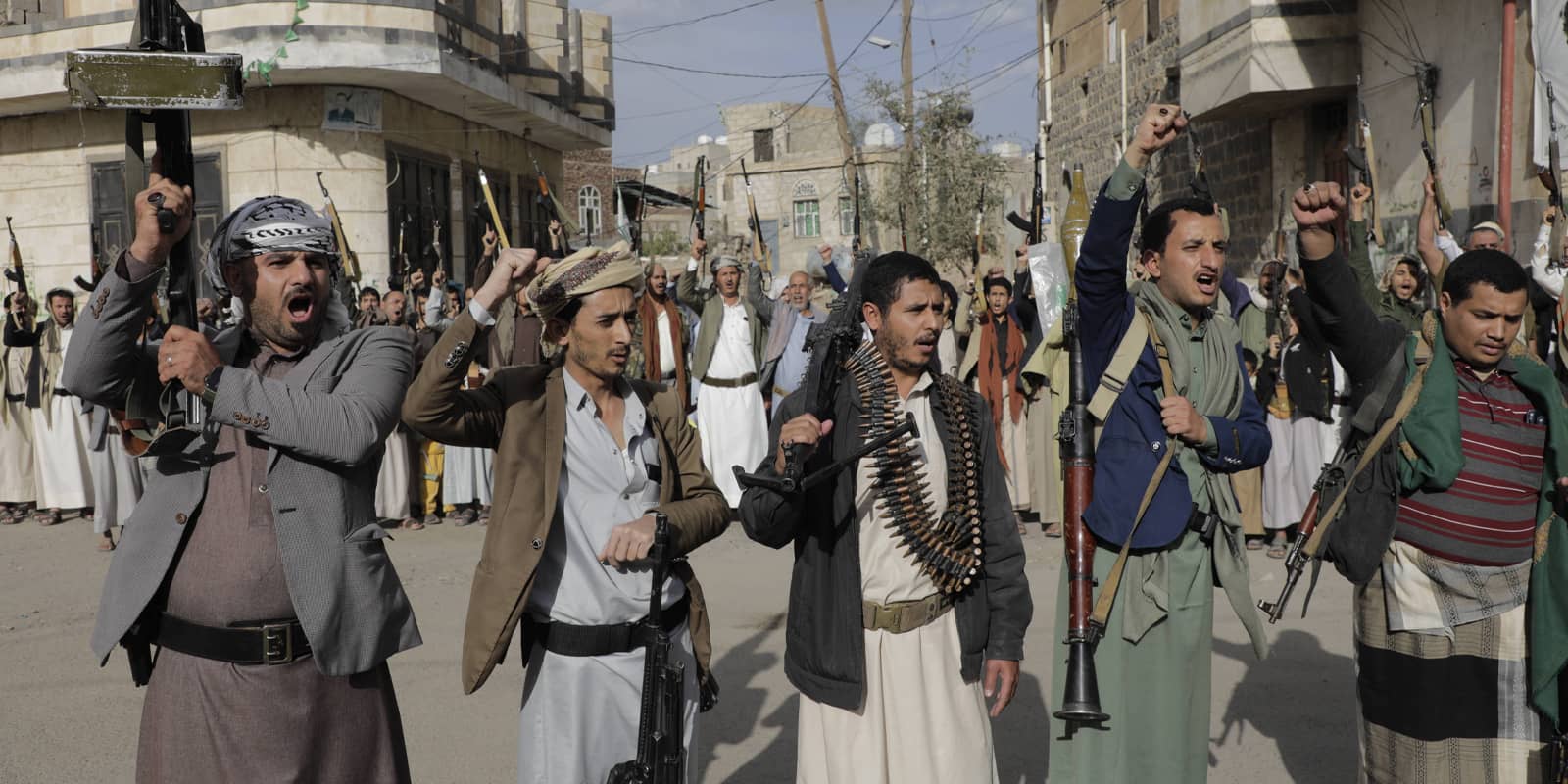
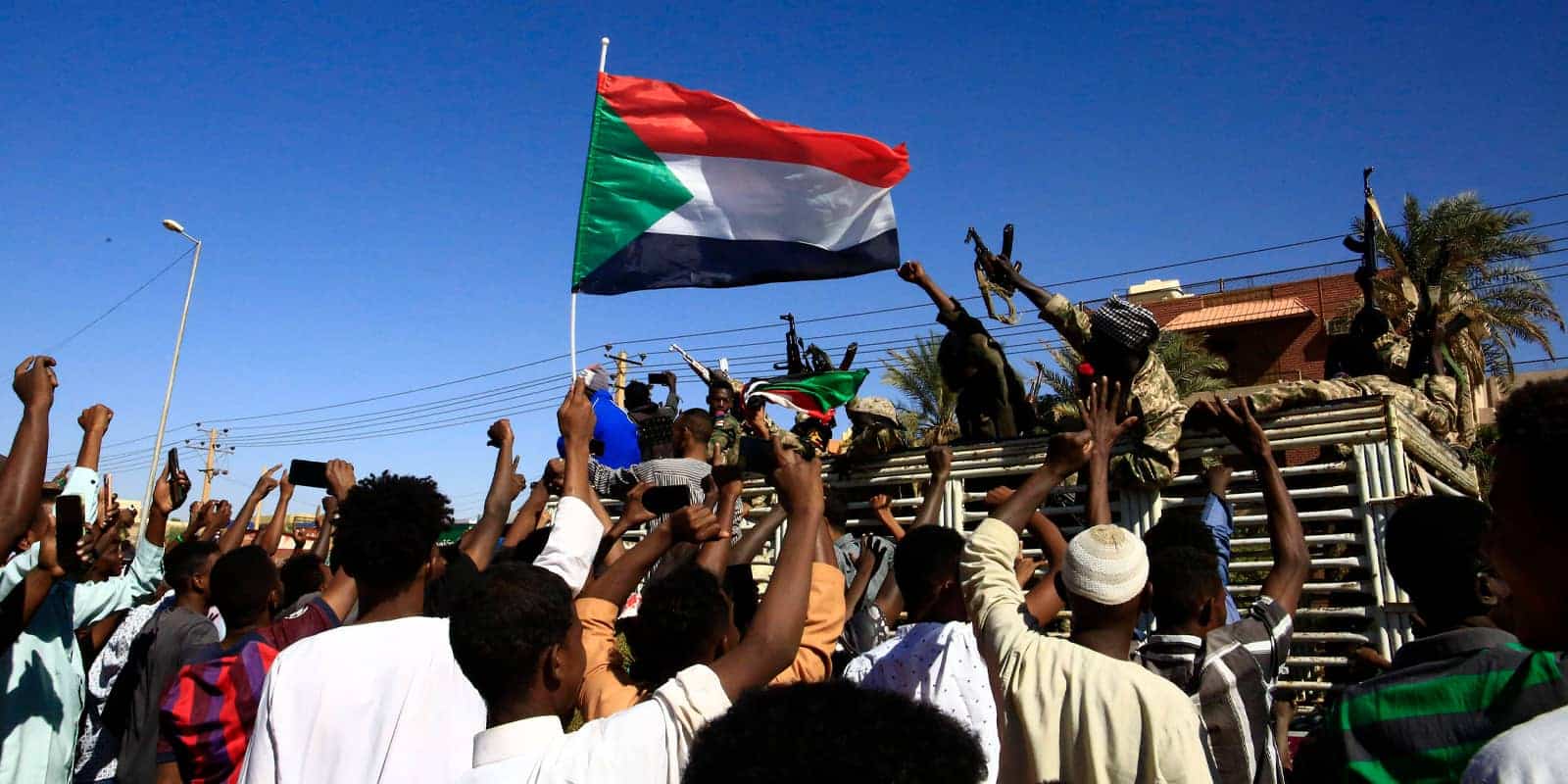
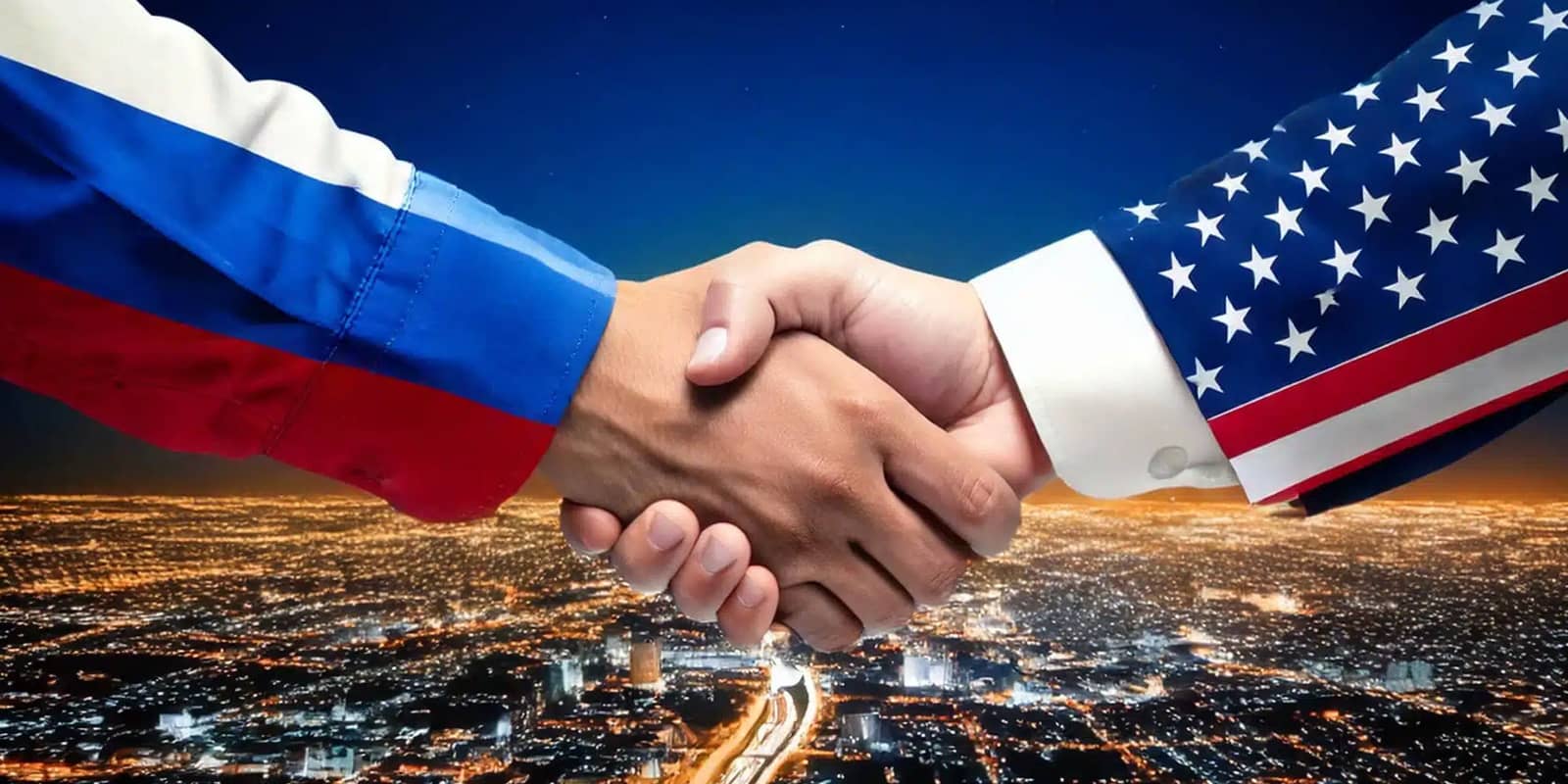

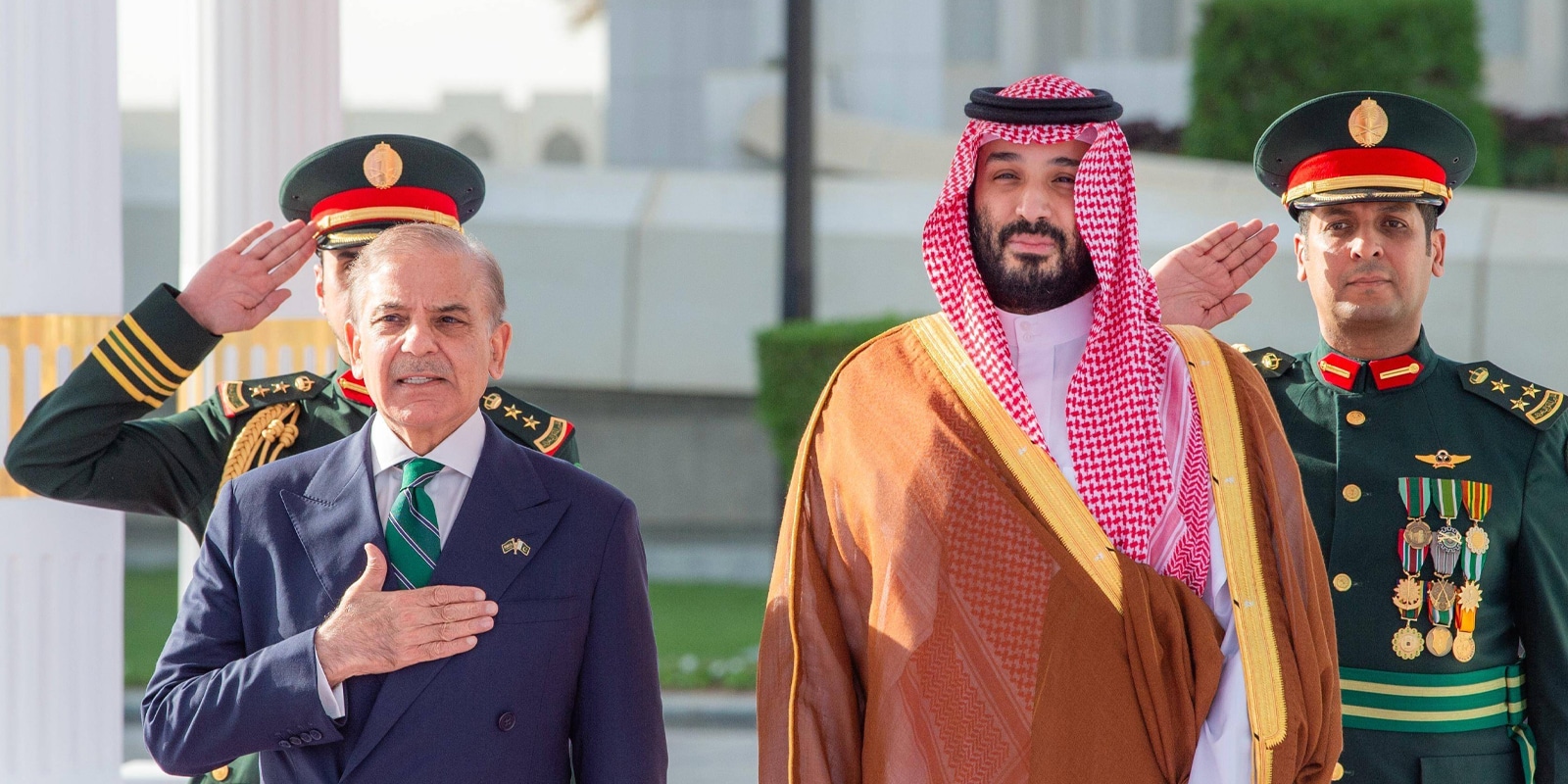
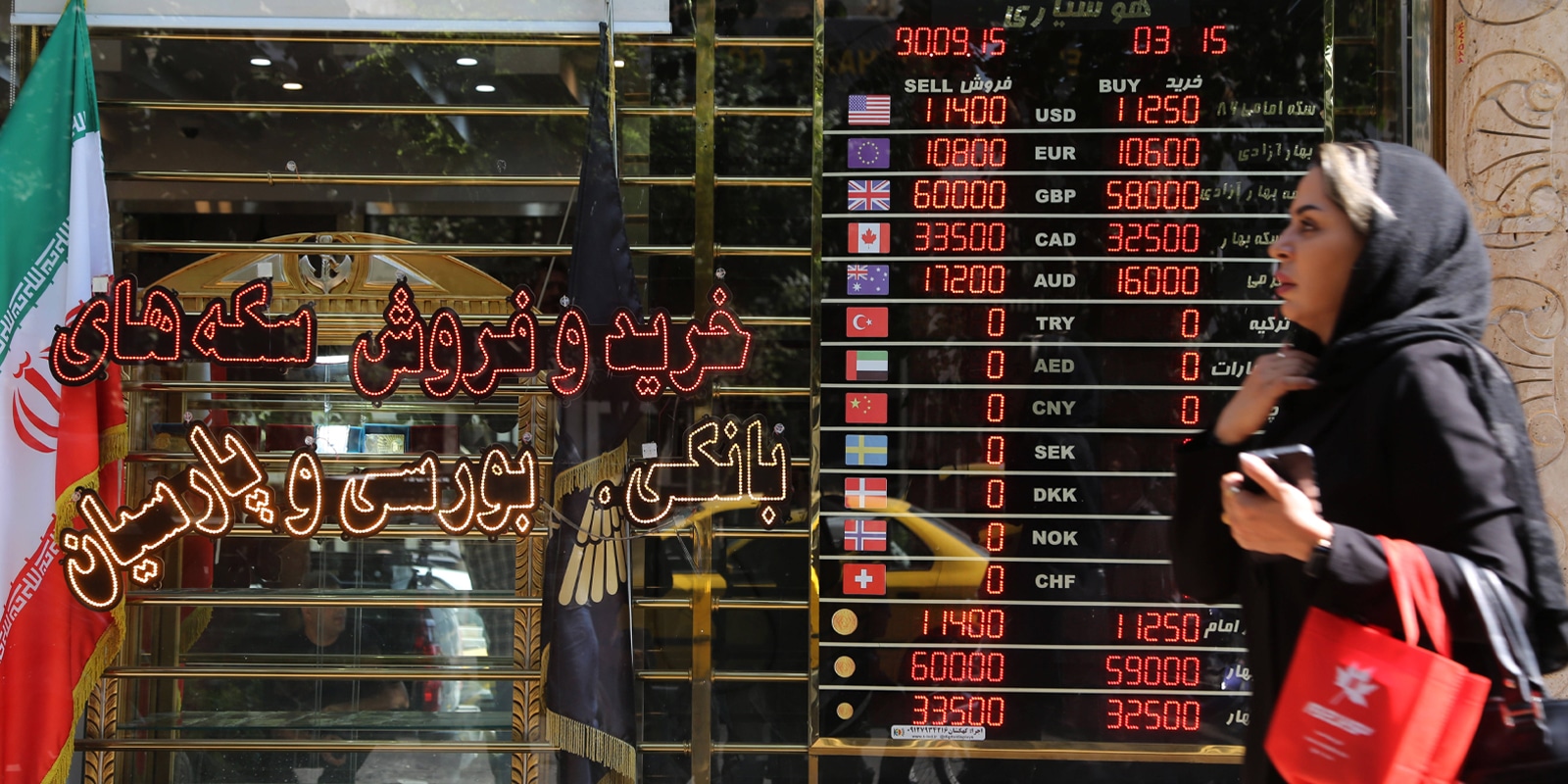

Hamas’s Battle with Gaza’s “Rogue Clans” in the Eyes of the Palestinian Public